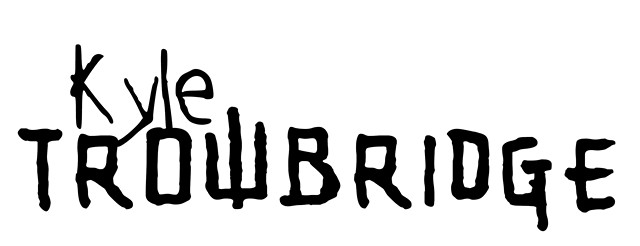Media
Reeve Schumacher
7" lathe-cut self-titled EP
Limited edition of 30
Tracks include:
Waste Land and Rain Lust
INTERVIEW: REEVE SCHUMACHER
What first got you into music?
Both of my parents studied music and are accomplished pianists. My father was also conductor of the church choir. As a child I would accompany him to practices and services, sitting underneath the grand piano. Enveloped by the sound, it was my safe place. I’m sure those times were crucial to the development of my ear for music.
Who inspired you to make music?
Inspiration is a mysterious subject. It is certain that music is deep within me, but what brings it to the surface is less clear. Evidently there is a plethora of musicians and composers I find inspiring, from Sergei Prokofiev to Terry Riley, Radiohead or Death Grips. But how often has a melody come to me while pedaling my bicycle or in observing a fire consuming a log.
How would you describe the music that you typically create?
I’d like to borrow what a synesthete once said after having heard some of my music, “a dark palette of earth tones.”
What is your creative process like?
The studio is my sanctuary. I especially like to create in the wee hours of the night. When making visual art I often play records. I love the crackling silent loop at the end of a disc. Sometimes I can let that go on for hours, like a mother’s pulse in the womb.
Who would you most like to collaborate with given the opportunity? Visual or musical artist?
Scoring films is a direction I would like to pursue. To work with a director like Gus Van Saint, some one who uses music almost like another character in a film, would be quite an experience.
Who is your favorite visual artist? Why?
David Altmejd’s work is highly imaginative and skillfully executed. I am mesmerized by his use of repetition of visual information, and to experience one of his installations is like being on DMT.
How is making music different from creating fine art, or is it? Do you see them as separate?
Until a few years ago, they were two parallel practices, visual art with the upper hand. But with my project, Sonic Braille, I have found the keystone, as it were, uniting the two disciplines. Applying mathematical patterns to vinyl discs with a cutter, I create a sound that is literally handmade. The turntable’s stylus reads the cuts much like a finger tracing braille, translating topographical relief into sound.
What is one message you would give to your listeners?
Treat your dreams with the same consideration that you’d want your dreams to have for you.
What’s next for you?
I’m recording an album of Sonic Braille. Stay tuned!
